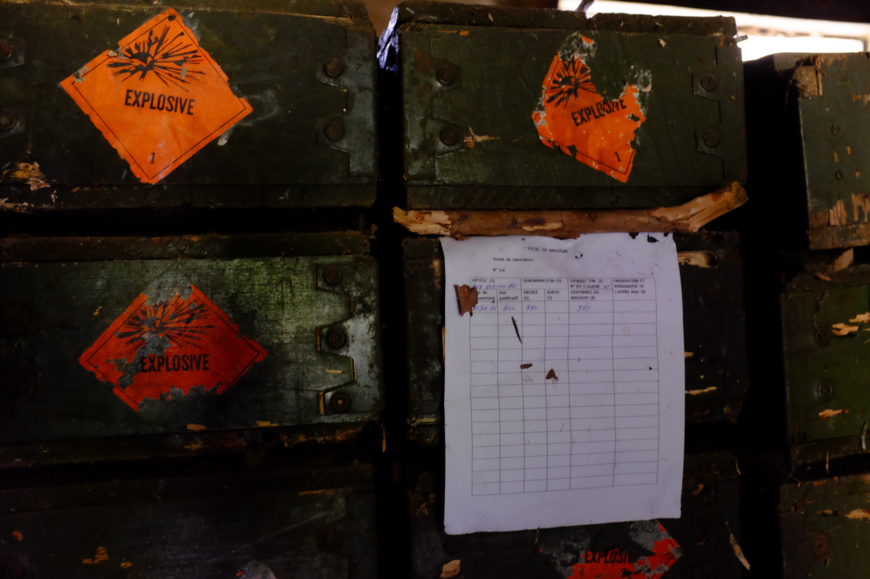Press releases
New publication \ Five ways to make the EPF a role model for arms export control
The Council of the European Union is discussing the establishment of a European Peace Facility (EPF). One of EPF’s aims is to finance transfers of armaments and further military equipment and infrastructure to third countries as a form of capacity-building. In this BICC Policy Brief the authors Stella Hauk and Max Mutschler argue that arms transfers in the name of capacity-building are often accompanied by significant risks. The authors make five concrete suggestions for safeguards against these risks which could make the EPF a role model for arms export control.

Supporting security forces in third countries with training and/or military equipment is reasonable if it helps to strengthen a legitimised monopoly of force that improves peoples’ sense of security in their country. However, where the legitimacy of the security forces is in doubt, their human rights record poor and civilian oversight and democratic control mechanisms are missing, there is a high risk that transferred armaments will be misused by the military and the security forces, the authors of BICC Policy Brief 6/2020 “Five ways to make the European Peace Facility a role model for arms export control” underline.
Another risk is the diversion of delivered armaments in the recipient country or region. High levels of corruption increase the likelihood of arms being resold, e.g. by military personnel on the black market. There is also the risk of illegal re-export to armed actors in other countries or looting/theft from unsecured weapons depots. In recipient countries with violent conflicts, state security forces might be overrun by armed groups who will take their arms and other military equipment. In other words, the risks may be high that transferred arms are involved in severe human rights violations and worsen the security situation abroad.
Therefore, BICC Policy Brief gives the following recommendations to the Council of the European Union to adopt five safeguards for the EPF:
\ Make clear and public which arms and military equipment are transferred to whom and why;
\ Introduce post-shipment controls;
\ Support weapons and ammunition management in recipient countries;
\ Involve the European Parliament;
\ Create a mechanism for affected populations to report complaints and grievances.
Press release “Neue Publikation \ Fünf Wege, um die European Peace Facility zu einem Modell für Rüstungsexportkontrolle zu machen“ (in German, pdf)
Another risk is the diversion of delivered armaments in the recipient country or region. High levels of corruption increase the likelihood of arms being resold, e.g. by military personnel on the black market. There is also the risk of illegal re-export to armed actors in other countries or looting/theft from unsecured weapons depots. In recipient countries with violent conflicts, state security forces might be overrun by armed groups who will take their arms and other military equipment. In other words, the risks may be high that transferred arms are involved in severe human rights violations and worsen the security situation abroad.
Therefore, BICC Policy Brief gives the following recommendations to the Council of the European Union to adopt five safeguards for the EPF:
\ Make clear and public which arms and military equipment are transferred to whom and why;
\ Introduce post-shipment controls;
\ Support weapons and ammunition management in recipient countries;
\ Involve the European Parliament;
\ Create a mechanism for affected populations to report complaints and grievances.
Press release “Neue Publikation \ Fünf Wege, um die European Peace Facility zu einem Modell für Rüstungsexportkontrolle zu machen“ (in German, pdf)


